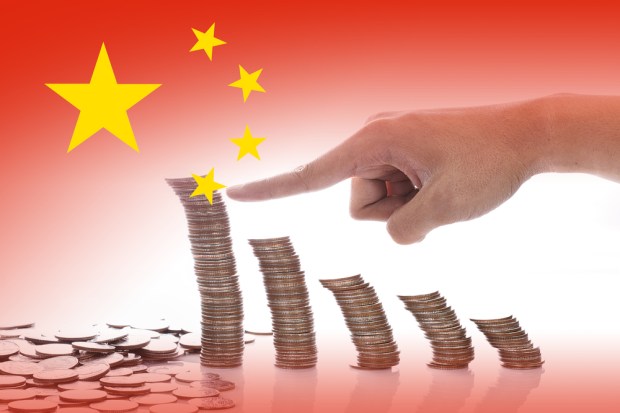B2B Payment Terms Worsen For Chinese Firms Despite Economic Improvements

China’s economy is strengthening, and new analysis from economists suggests the nation’s corporate debt levels will stabilize this year. But new data from Coface suggests B2B invoice payment terms are worsening across the country.
Credit insurance firm Coface released new data this week in its China Corporate Payment Survey 2018, which found that lengthening payment terms have caused risk managers “to become more complacent, both in terms of their economic expectations and their risk management procedures,” the company said in its announcement of the report.
On average, payment terms in China increased to 76 days in 2017, from 68 days in 2016. Interestingly, however, fewer businesses told Coface they experienced an increase in payment delays (29 percent in 2017, versus 46 percent the year before).
Still, the percentage of companies that said they experienced severe payment delays — exceeding 120 days — grew to 26 percent, up from 19 percent a year before. Further, more businesses in 2017 said they experienced “ultra-long” payment terms — exceeding 180 days — compared to a year before.
Coface also warned the percentage of businesses with more than 10 percent of annual turnover stuck in ultra-long payment delays grew to 21 percent, up from 11 percent in 2016. The company noted its own analysis has revealed that 80 percent of invoices more than 180 days past due never get paid at all, yet 40 percent of businesses surveyed said they aren’t using any type of credit management tool.
The nation’s energy, construction and automotive markets reported the highest percentages of ultra-late payment delays.
Coface’s report comes at a time when analysts say economic conditions are actually improving in China. Total debt is expected to be 260 percent of GDP by the end of this year, according to an analysis by economists surveyed by Bloomberg last month, as reported in The South China Morning Post on Wednesday (April 4). That percentage is the same as it was at the end of 2017, suggesting a stabilization of debt levels that have set off alarm bells with economists and investors.
